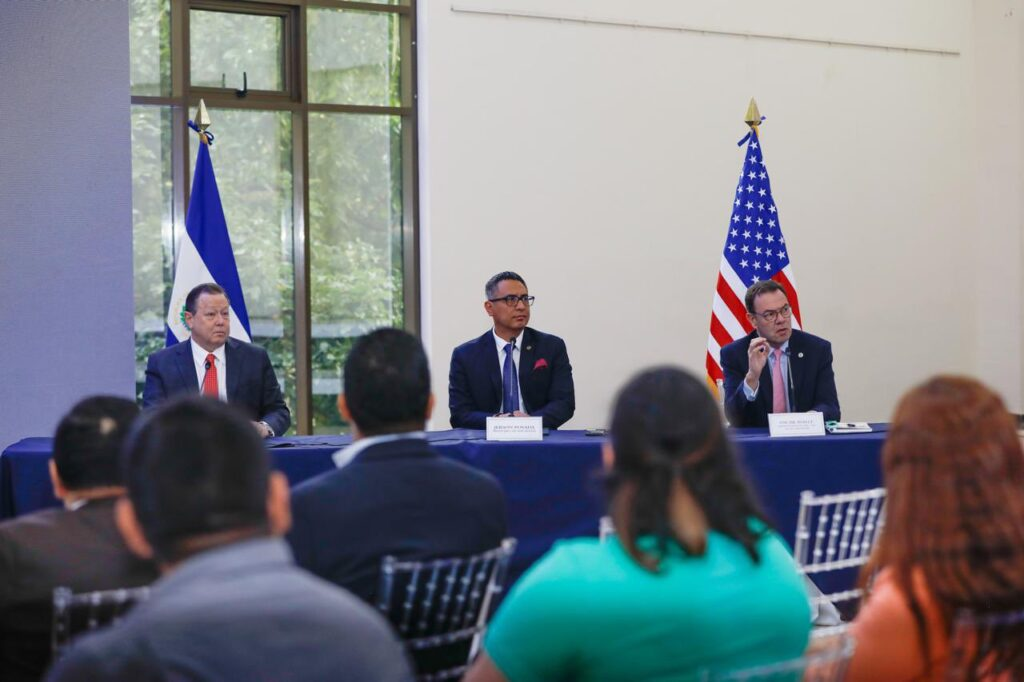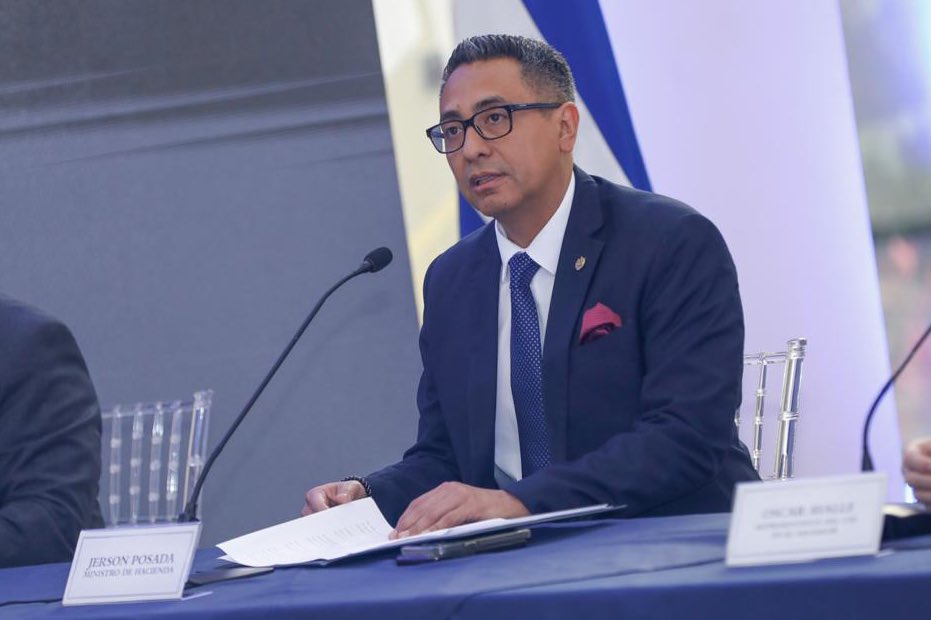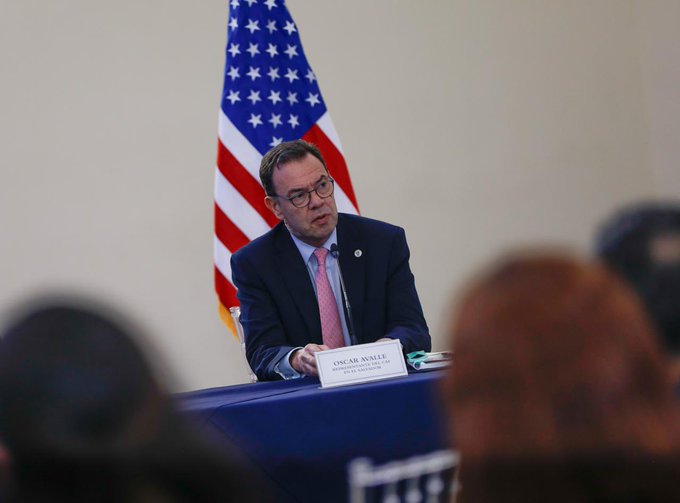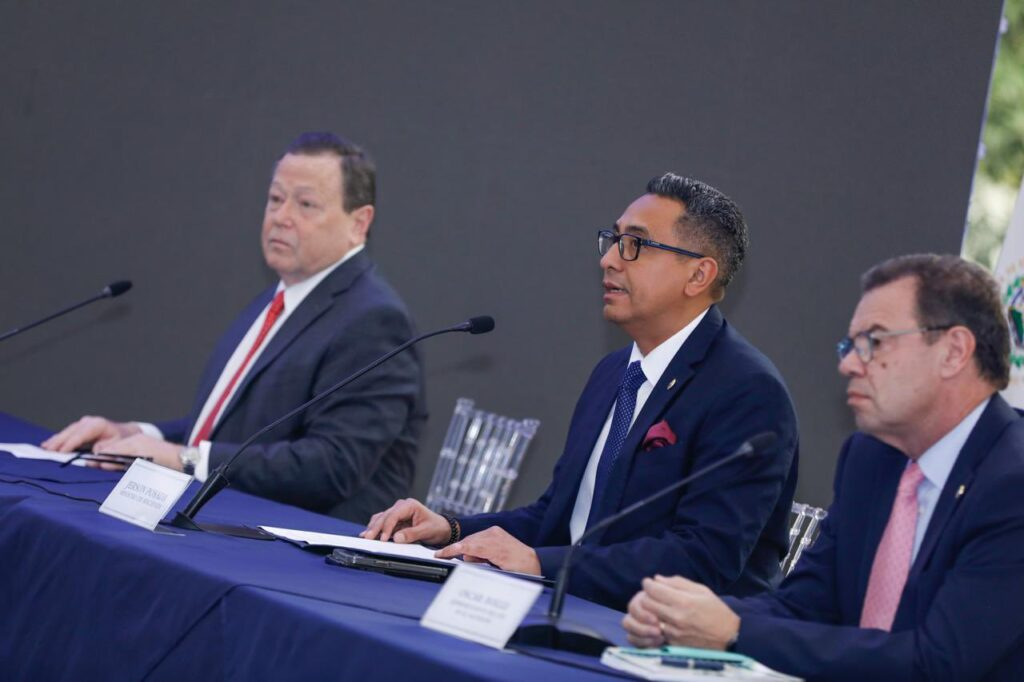
The minister of Finance of El Salvador, Jerson Posada, together with the Ambassador of the United States in El Salvador, William Duncan, and the representative of the Development Bank of Latin America and the Caribbean (CAF), Oscar Avalle, gave a press conference in which they presented details on the debt swap for the conservation of the Lempa River watershed.

The initiative involves the U.S. Development Finance Corporation (DFC), the salvadoran government, CAF, and other institutions, which announced the financial closing of a US$1 billion agreement for the repurchase of US$1.031 billion of El Salvador’s bonds.
The agreement will allow all of the savings generated to be used for conservation, water security, and ecosystem restoration in the Lempa River basin. JPMorgan Chase Bank acted as the lead arranger of the loan, while J.P. Morgan Securities LLC managed the repurchase of the bonds. DFC will provide political risk insurance for $1 billion, while CAF will provide a standby letter of credit for $200 million, which strengthens the credit backing of the transaction and facilitates further investment in conservation efforts.


Minister Jerson Posada emphasized that this operation benefits both the country’s public finances and the environment and communities near the Lempa watershed. He also emphasized that by repurchasing bonds, the balance of issues maturing between 2027 and 2052 is reduced, thus smoothing the maturity curve of the national debt and reaffirming the government’s commitment to maintain fiscal sustainability.
Posada also highlighted that this operation is part of the Comprehensive Liability Management Strategy, implemented since 2022, to reduce medium and long-term financing needs. The environmental focus, combined with debt reduction, shows a dual approach that seeks to benefit both the country in economic terms and the environment and communities.

Ambassador William Duncan and Oscar Avalle of CAF underscored the role of international cooperation and stakeholders in catalyzing investments that foster both sustainable development and the conservation of key natural resources for the region.







